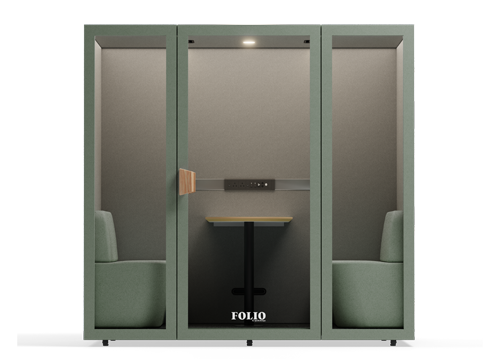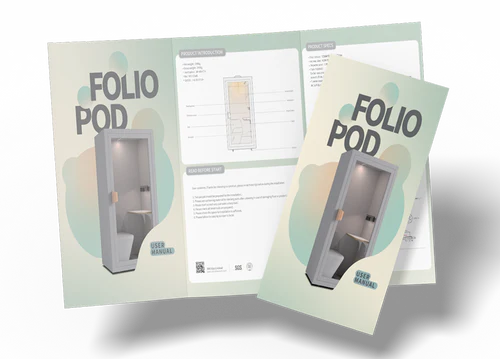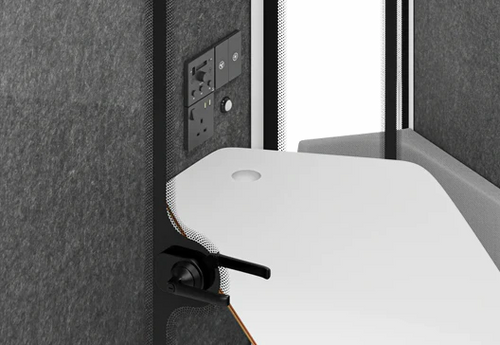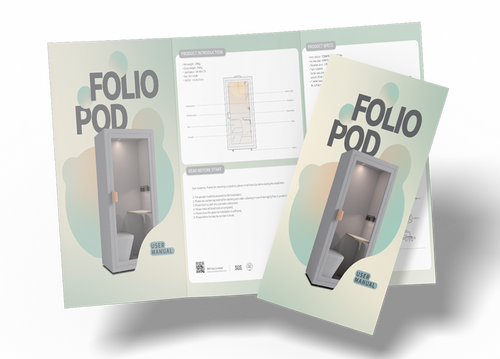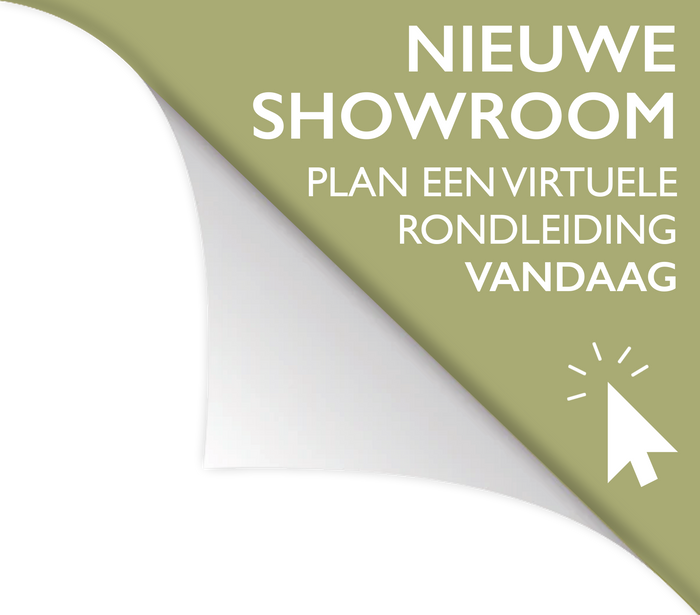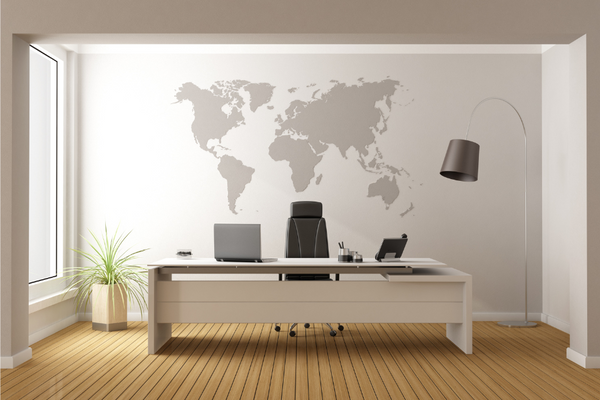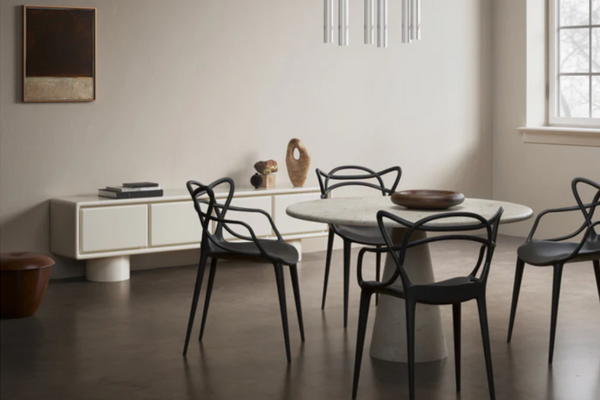How Design Affects Focus: Furniture that Fosters Deep Work
Some say focus is a mindset.
But in the world of modern offices, it’s more often a casualty of poor design. You can have the sharpest minds in the room, but if they’re crammed next to a high-traffic corridor or drowning in reverb from a poorly planned meeting zone, their concentration doesn't stand a chance. Deep work — the kind that actually moves the needle — needs more than just willpower. It needs an environment that respects attention.
That’s where furniture steps into the spotlight. Not just any chair or desk, but pieces that understand how people work — and more importantly, how they want to feel while they do it. A high-back lounge seat positioned just so. A sound-softening fabric panel that turns a noisy corner into a peaceful perch. These aren’t luxuries; they’re tools for focus. The best designs don’t distract — they disappear into the flow of the day.
Psychologists have long known that our surroundings influence our cognitive load. The more visual and auditory clutter we’re exposed to, the harder our brains work just to filter it out. That’s precious mental energy spent on noise rather than nuance. Smart workspace setups use zoning, acoustic materials, and ergonomic furniture to protect that energy — to shield it, even. It’s why certain chairs feel like a refuge, while others feel like an afterthought.
This isn’t about silence, necessarily — it’s about intention. A well-placed accent chair, facing away from the main hustle, can offer just enough detachment for a moment of clarity. A cluster of softly upholstered seating, offset from the main work zone, invites pause without disengagement. When furniture is used to cue behaviours — focus here, relax there — you start to build a rhythm into your workspace that people naturally respond to.
And let’s not forget the unseen effect: how a well-designed space signals what kind of work matters. When you invest in furniture that fosters focus — not just flash — it sends a message. That deep thinking is valued. That the space isn’t just styled for looks, but designed for performance. That’s when design starts doing the real heavy lifting: not just shaping the room, but supporting the people in it.
Designing for Focus: What the Right Furniture Actually Does
We often think of productivity as something that happens in spite of our surroundings — noise-cancelling headphones on, head down, eyes locked to the screen. But truly focused work doesn’t have to feel like a battle. When a workspace is designed to support concentration, you can feel it. The acoustics are softer. The lighting is right. And the furniture choices aren’t just stylish — they’re strategic.
Let’s take seating as a starting point. A high-back lounge chair isn’t just a visual statement — it’s a psychological signal. Those enveloping forms naturally reduce peripheral distractions and sound reverberation, helping your brain stay in the task rather than scanning for the next interruption. Paired with a side table or ambient light, it creates a focused microenvironment within an open-plan space.
Then there’s the power of spatial cues. In offices that can’t afford walls, modular seating and zoned layouts do the heavy lifting. Low-slung sofas can mark the shift from collaborative zone to quiet space. Acoustic booths — like our Kozee range — go one step further, wrapping workers in sound-absorbent materials that make it easier to think clearly and breathe easier. These aren’t fortresses — they’re intentional islands of calm.
Even the position and design of communal areas influence focus. Too many visual distractions — cluttered desks, mismatched furniture, poorly placed breakout corners — and your brain goes into background-processing mode. Well-designed accent seating helps guide traffic, define pause points, and soften sightlines. This isn’t about micro-managing behaviour — it’s about creating intuitive pathways through the workday.
To design for deep work, start by considering how furniture can act as both buffer and beacon. Here’s a quick cheat sheet of what to look for:
- High-back lounge chairs: Reduce visual and acoustic input for individual focus zones.
- Acoustic seating pods: Offer privacy without isolation, perfect for concentration in shared environments.
- Modular soft seating: Helps define zones and promote gentle spatial separation without full partitions.
- Side tables and soft lighting: Signal intention and anchor space for uninterrupted tasks.
- Neutral, matte finishes: Reduce glare and visual noise, helping calm the cognitive load.
Design that fosters deep work doesn’t demand silence — it creates a rhythm. When seating, layout and texture align with how people actually use a space, you move from a place that simply looks good to one that feels right. And for focus, that feeling makes all the difference.
Focus by Design: A Real-World Office Reset
One team that truly embraced this approach was a product design studio in Bristol. Brilliant people, beautifully chaotic workflow — but their open-plan setup had become a battleground. Great for energy, terrible for focus. Every time someone hopped on a call or dropped by a desk, the ripple effect knocked half the team out of their concentration.
They didn’t want to ditch the open space — they liked the buzz. But they needed somewhere people could retreat to when deep work was on the cards. We introduced a blend of high-back seating, soft acoustic panels, and a couple of Kozee Focus Pods, strategically placed along the quieter side of the floorplate. Just enough structure to take the edge off, without losing that open feel.
Then came the zoning. By rearranging their modular seating into soft clusters — and layering in Ferra-toned lounge chairs for calm breakaway spots — we turned underused corners into purpose-built focus nooks. No heavy partitions. No fixed furniture. Just subtle shifts in layout, material, and flow.
The change? Instant. People started choosing their work spot with more intention. Loud project chats migrated naturally to shared tables. Individual focus sessions gravitated toward the pods and lounges. One team member even said, “It’s like the office finally gives us permission to concentrate.” Exactly the point.
It’s a reminder that the environment has a direct line to our attention span — and not just anecdotally. Research by the American Psychological Association explores how even digital environments can fragment focus, reinforcing the need for physical spaces that offer psychological relief. Design can’t force concentration — but it can absolutely make space for it.
Your Space, Your Focus

In the end, deep work doesn’t happen in a vacuum — it happens in an environment that’s been designed to support it. One that understands the subtleties of focus, the rhythms of the workday, and the psychological triggers that help people stay present, not just busy.
From high-back lounge chairs to acoustic zoning and intentionally placed breakout seating, the furniture you choose isn’t just filling a room — it’s shaping behaviour. And when done well, that design speaks volumes. It says: this is a space where your attention matters. Your wellbeing matters. And your work is worth protecting.
At Quell Design, we specialise in helping businesses create environments that do exactly that — with furniture that feels as good as it functions, and layouts that quietly get the best out of people. So if you’re ready to build a workspace that supports sharper thinking, longer focus, and deeper creativity...
Let’s design it together.


